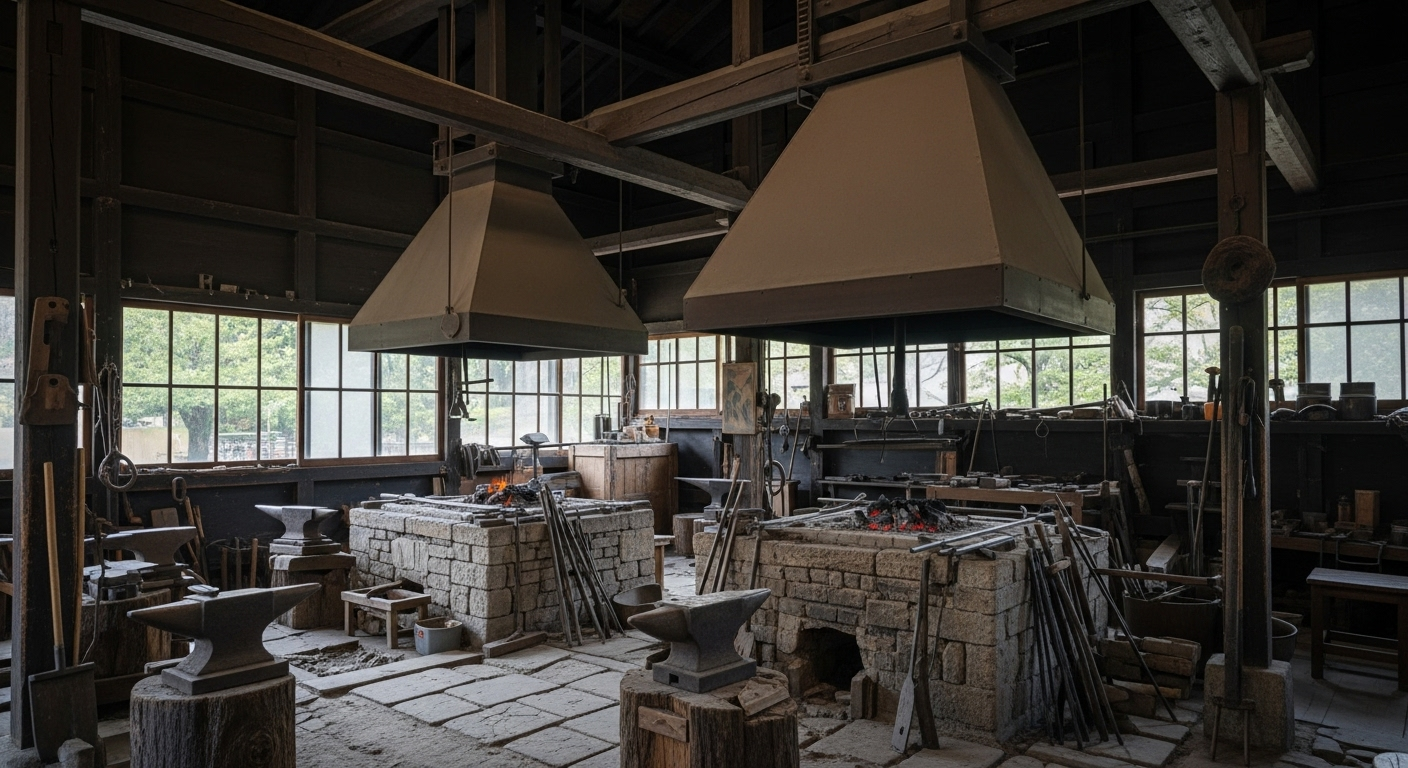
Cutting Board Care
-
Simple Habits for a Reliable Cutting Board
A cutting board is more than just a surface — it’s where every meal begins.
But without proper care, it can quickly become unhygienic, scratched, or warped.In this video, we’ll show you simple, effective habits to keep your cutting board clean, safe, and long-lasting — whether it’s plastic or wood.
From washing and drying to antibacterial tips and long-term storage, discover how daily care can transform your cutting board into a reliable partner in the kitchen. -
-
Just like knives and whetstones, cutting boards need daily attention. Because they come into constant contact with food, hygiene control is essential. Over time, they can develop scratches from blades, absorb odors, or even warp from sudden changes in temperature. With the right care, however, your board can remain clean, safe, and long-lasting.
-

1. Washing Your Cutting Board
- Plastic Boards: Wash with mild detergent, then disinfect with bleach or alcohol spray. Avoid boiling water and dishwashers, as heat can deform the board.
- Wooden Boards: Water alone is often not enough. Instead, scrub with coarse salt or rub with lemon slices to remove slime and bacteria. If detergent is necessary, use a mild alkaline soap with low surfactant content. Always use a scrubbing brush rather than a sponge—bristles reach into the grain more effectively.
-

2. Antimicrobial Measures
- Plastic Boards: After washing, disinfect regularly with bleach or alcohol.
- Wooden Boards: Many hardwoods naturally contain antibacterial properties, but additional care is still needed. Rinse after each use, dry well, and occasionally pour boiling water over the surface. Alcohol spray is also effective, but avoid bleach—it weakens the wood’s natural defenses. A touch of lemon juice can refresh both hygiene and aroma.
-
-

3. Drying Your Cutting Board
Moisture is the enemy of every cutting board.
- Always stand the board upright or place it in a well-ventilated rack.
- Never leave it flat on the counter, where water can pool underneath.
- Ensure it is completely dry before storage, as dampness promotes bacterial growth and warping.
-
Conclusion
Whether plastic or wooden, your cutting board is more than a surface—it’s a partner in every meal you prepare. By washing, disinfecting, and drying it properly, you not only extend its life but also safeguard the flavors and safety of your cooking.
Cutting Board Care: How to Keep Your Knife Sharp
-

A cutting board directly affects your knife’s edge.
To protect your blade, choose a soft wooden board, wash it gently, and let it dry completely before storing.
Avoid hard surfaces like glass or stone, which can dull or chip the edge instantly. -


Type of Cutting Board
Wood cutting boards protect your knife’s edge with natural beauty, while plastic boards are easy to sanitize and maintain. Knowing these differences helps you choose the board that best fits your cooking style.

Before Using a Cutting Board
A well-chosen, well-cared-for cutting board protects your knife and keeps your kitchen hygienic. Learn how to prepare and maintain it before every use.

Why Knives Dull Faster Than You Expect
Your knife doesn’t dull because of food—it dulls because of the cutting board. This article explains how board materials, everyday habits, and cutting technique quietly wear down your edge, and how choosing the right surface can dramatically extend your knife’s sharpness.

The Soul of Craftsmanship
-
The Importance of the "Cutting Board" in Preserving Your Knife's Sharpness
When we think of why a knife loses sharpness, most people immediately assume it is because of the blade itself. However, the majority of the cause lies in the cutting board. The decline in sharpness is not solely a knife issue—it is deeply connected to the surface on which it cuts.
-
As a traditional craftsman, I want to share an essential truth: cutting boards can be much harsher on your knife than you might think. Hard cutting boards, or even thin plastic ones, can severely damage the blade. Even wooden boards, if too hard, can harm the edge, preventing the knife from smoothly entering food.
-
A knife is not just a tool for cutting—it is an instrument that, with proper care, can last for generations. To ensure this longevity, choosing the right cutting board is crucial. A soft wood or resilient material will be gentler on the blade, helping preserve its sharpness. After all, the edge of the knife is its soul, and we must protect it by considering the cutting surface it interacts with.
-
When using a cutting board, remember that you are not just chopping ingredients—you are protecting the life of your knife. Selecting the right material will not only enhance your cutting experience but also keep your blade sharp for years to come. The harmony between your knife and cutting board is the key to lasting sharpness.
After-Sales Service
-
A knife is more than a tool — it’s a lifelong partner in your kitchen.
At KIREAJI, we stand behind every blade we craft. That’s why we offer dedicated after-sales service to ensure your knife stays sharp, strong, and beautiful for years to come.
Whether it’s routine maintenance or expert repair, your knife returns to the same hands that forged it — the master artisans at Shiroyama Knife Workshop in Sakai, Japan.
Because true craftsmanship doesn’t end at the sale — it continues, as part of your culinary journey. -




